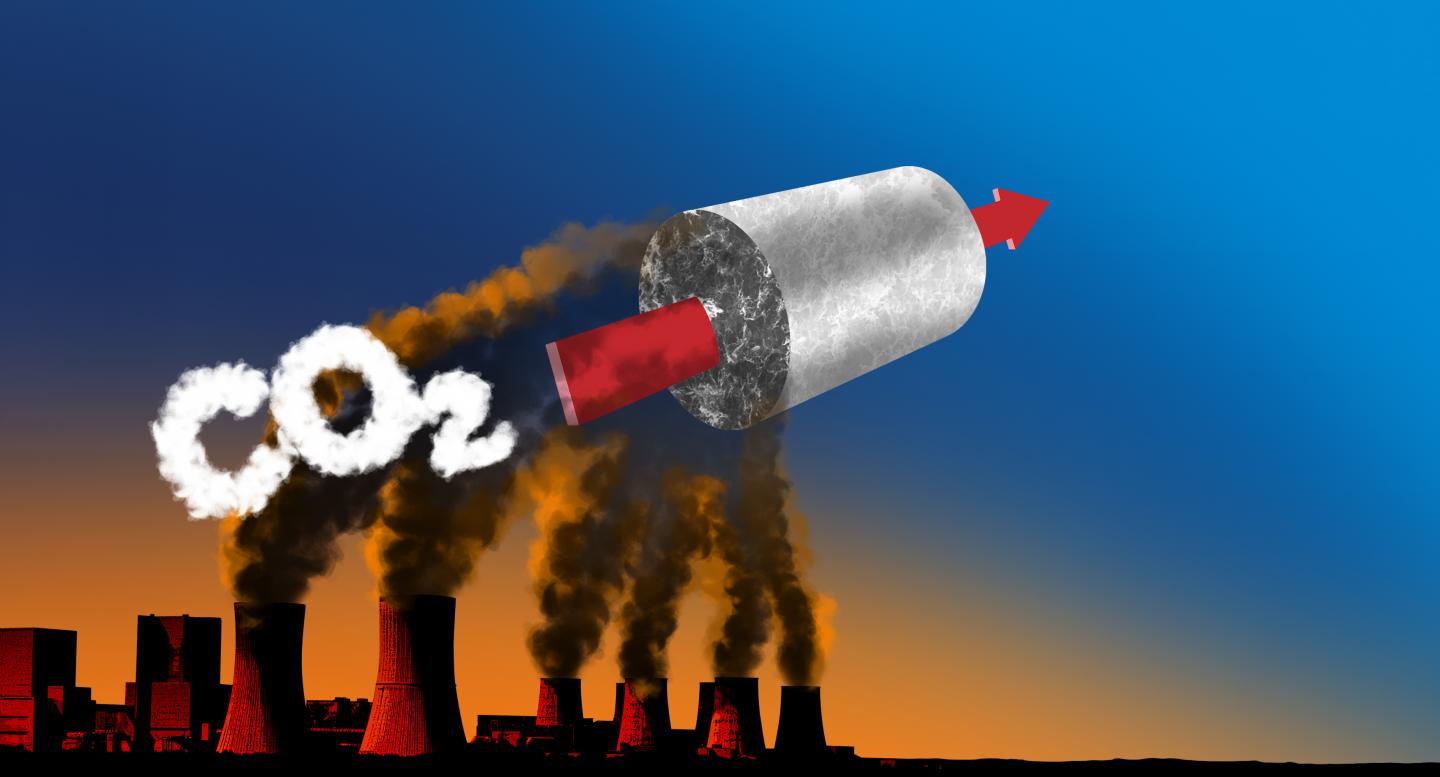
A team of Swedish scientists have developed a new sustainable material for carbon dioxide capture with a high capture rate and low operating costs.
The new material, developed by scientists from Chalmers University of Technology and Stockholm University, is a bio-based hybrid foam infused with a high amount of CO2-adsorbing ‘zeolites’ — crystalline structures made up of silicon, aluminium and oxygen.
Zeolites offer a great potential as efficient adsorbents for atmospheric carbon dioxide, but the processability of conventional zeolite powders is poor. The researchers overcame this by preparing hybrid foams using mesoporous/macroporous supporting materials based on the strong network properties of gelatin/nanocellulose.
The open structure of the material they made gives it a great ability to absorb carbon.
The researchers say that their new microporous foam outperforms using amines as the adsorbing chemical.
“This research fits well with the ongoing developments within CCS and CCU (Carbon Capture and Utilisation) technology, as a sustainable alternative with great potential. In addition to bio-based materials being more environmentally friendly, the material is a solid – once the carbon dioxide has been captured, it is therefore easier and more efficient to separate it than from the liquid amine solutions,” says Professor Anders Palmqvist, research leader for the study at Chalmers.
“What surprised us most was that it was possible to fill the foam with such a high proportion of zeolites. When we reached 90% by weight, we realized that we had achieved something exceptional. We see our results as a very interesting piece of the puzzle in the search for a solution to the complex challenge of being able to reduce the amount of carbon dioxide in the Earth’s atmosphere quickly enough to meet climate goals,” added doctoral student Walter Rosas Arbelaez.
In conjunction with these groundbreaking developments in carbon capture technology, it’s crucial to highlight the broader context of addressing atmospheric carbon dioxide levels. This process involves removing carbon dioxide from industrial fuel sources before combustion and exploring innovative materials like the bio-based hybrid foam developed by Swedish scientists.
While traditional methods such as gasification, partial oxidation, or steam reforming transform fuel sources into syngas, recent advancements, including direct air capture of CO2, are gaining attention for their potential to reduce atmospheric CO2 concentrations.
The research was published in the journal ACS Applied Materials & Interfaces.
Journal Citation
Bio-based Micro-/Meso-/Macroporous Hybrid Foams with Ultrahigh Zeolite Loadings for Selective Capture of Carbon Dioxide
Luis Valencia, Walter Rosas, Andrea Aguilar-Sanchez, Aji P. Mathew, and Anders E.C. Palmqvist
ACS Applied Materials & Interfaces 2019 11 (43), 40424-40431
DOI: 10.1021/acsami.9b11399
